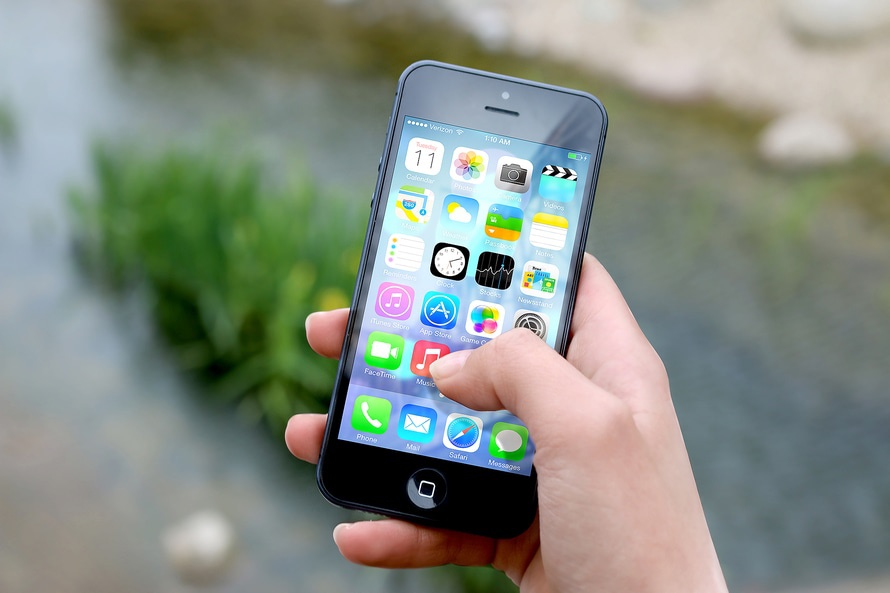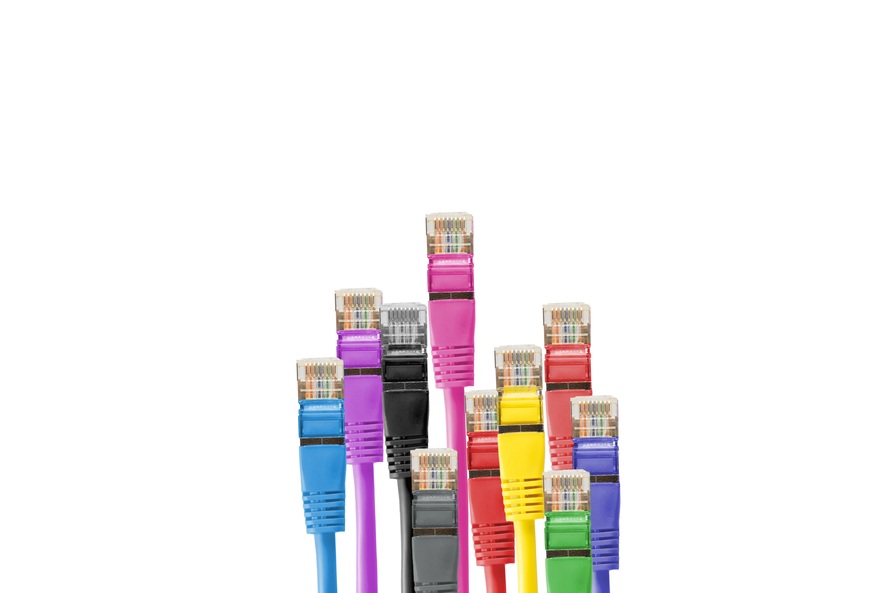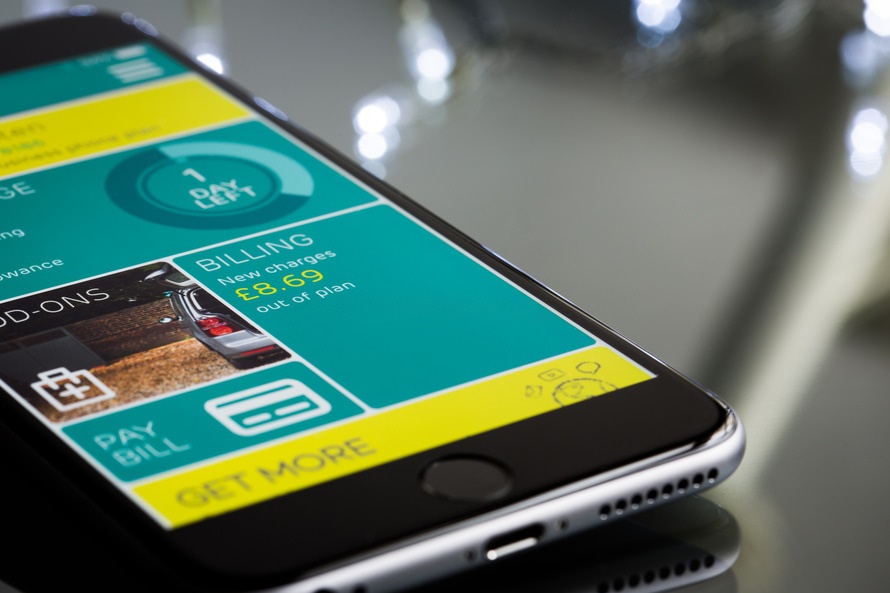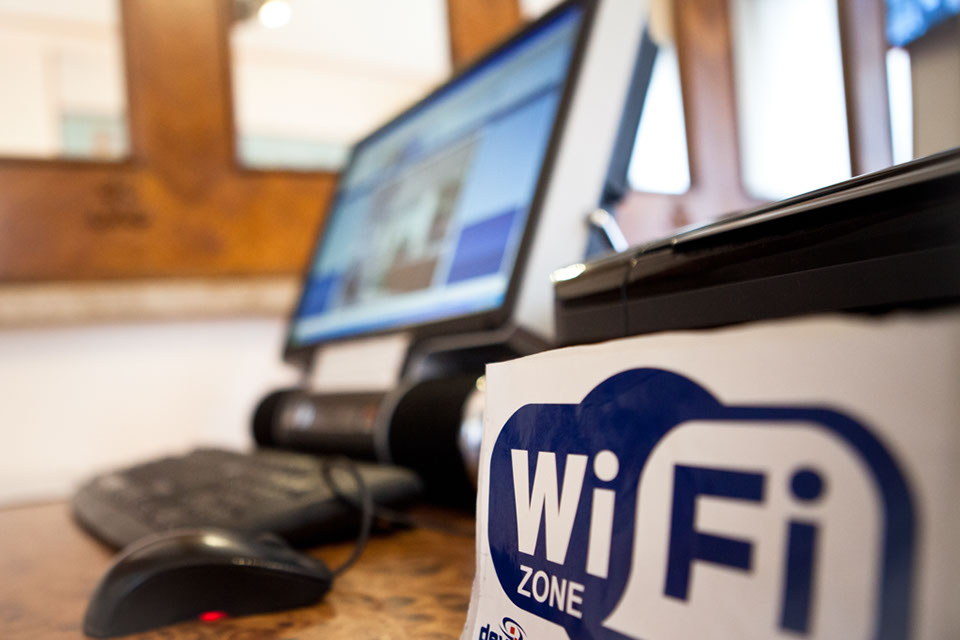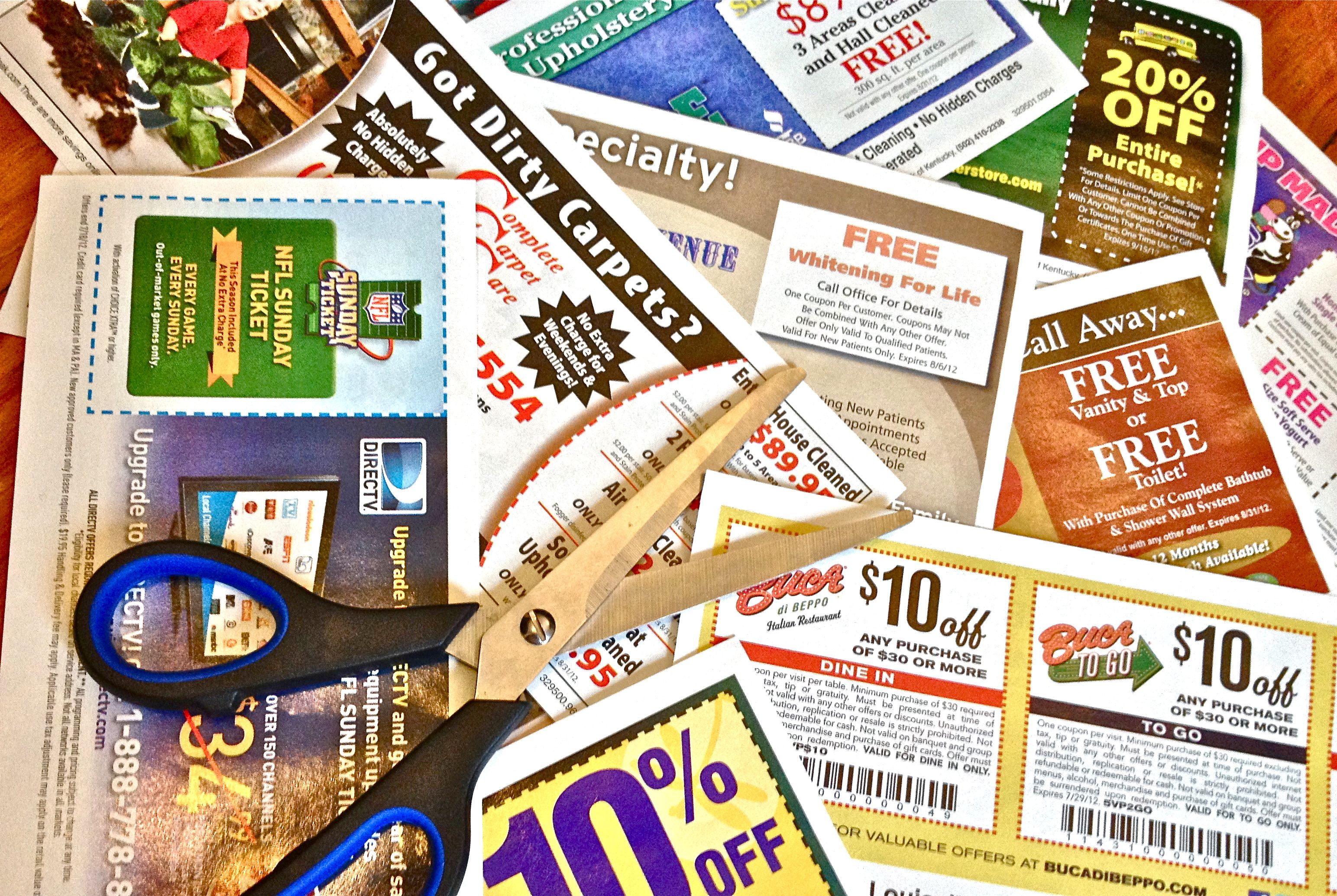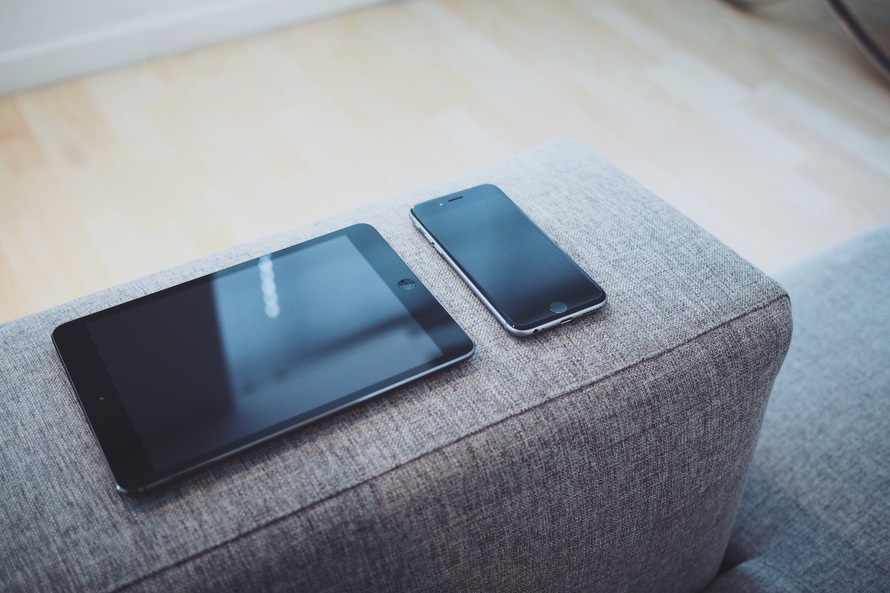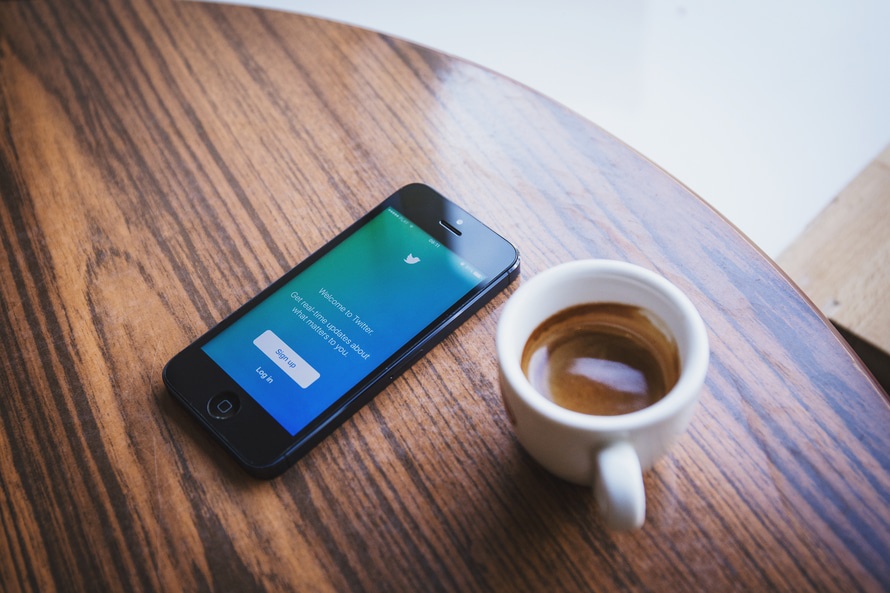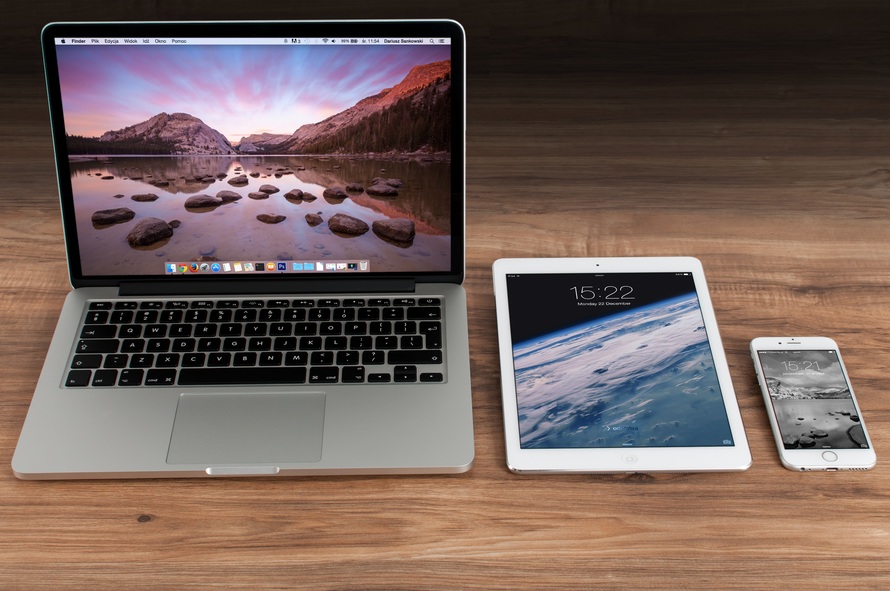Growing a thriving business requires branching out to find new contacts, including partners to work with and customers to sell to. Networking is key to making this possible. Attending hundreds of events and exchanging countless business cards may lead to a few fortuitous connections, but networking with a plan will result in more meaningful business relationships.
In every encounter there should be a balance between developing rapport and solidifying a business opportunity. Here are a few suggestions to help make networking more enjoyable and effective.
Find the right events
Face-to-face interaction is still key in business, but social media offers avenues to find new events through your friends and local venues.
- Facebook — Take an informal route by joining a group or Facebook event. This makes it convenient to branch out from the edge of your friend circle.
- LinkedIn – Groups on LinkedIn are associated with specific industries and often post events. The platform can also offer insight into specific group members’ professional experiences and interests.
- Meetup – Use Meetup as a resource for finding groups in professional and non-professional contexts. Most of these groups meet regularly and the website allows you to continue discussions after each event.
- Eventbrite – This provides an easily categorized search and map of local upcoming events. Eventbrite’s networking section can inform you of everything from casual mixers to formal panel discussions.
Arrive prepared
Be as organized and methodical with networking as you would with any other endeavor for your business. The right connections will accelerate your company’s growth and encourage others to seek you out for business opportunities. Create a long-term plan and get a clear picture of people you have done business with in the past and those you would like to work with in the future.
When you have an upcoming event, do some research ahead of time. Look at previous events by the same host or organization to see what they have to offer. Check to see if a guest or sponsors list is available. Then, see if you share common connections with participants and request an introduction. If a particular company will be well represented at the event, think about brushing up on its latest dealings.
Actively understand other’s needs
Once you enter the event, maintain an approachable demeanor. It is likely that everyone is experiencing the same anxiety as you. Being relaxed, or giving the impression that you are, will be contagious to others and make them more comfortable talking to you. Take the initiative to strike up a few conversations or join group discussions instead of waiting for others to come to you.
Simply introduce yourself or try a casual question to start things off: “How are you liking the event?” or “What do you do?” You can practice an introduction, but allow for a natural flow in the discussion.
Aaron Carrano, program manager at Google, identified three types of needs customers have that you can look for while networking. These include latent needs; needs which customers aren’t aware of yet; direct needs, which customers inform you of; and assumed needs, which you can deduce. By listening carefully, you can align what customers need, with what you offer. At this point you may present a more targeted pitch.
Stick around for the aftermath
As the event comes to a close, remember that you do not necessarily need to part ways, especially if things are going well. If there is an after party, gather a few folks and go there together. If there is a lunch session, ask permission to join someone’s table. If there is nothing planned, take action and invite people to continue the conversation over dinner or drinks.
Later that evening, connect with the people you have just met on Facebook, Twitter and LinkedIn. That way, you’ll have multiple channels in which you can communicate and get updates about what they are doing. Then, create a dossier about the contacts you’ve made, including important information about what you can offer one other.
At an event, meeting someone new can be intimidating. By arriving prepared, being an active listener and continuing conversations long after the event ends, you’ll be demonstrating value and becoming someone who is likable and, hopefully, someone others will want to do business with.

